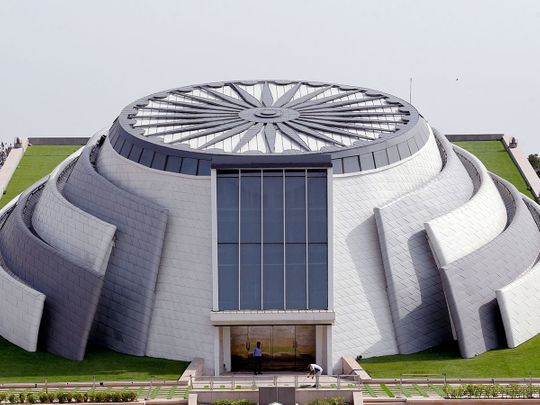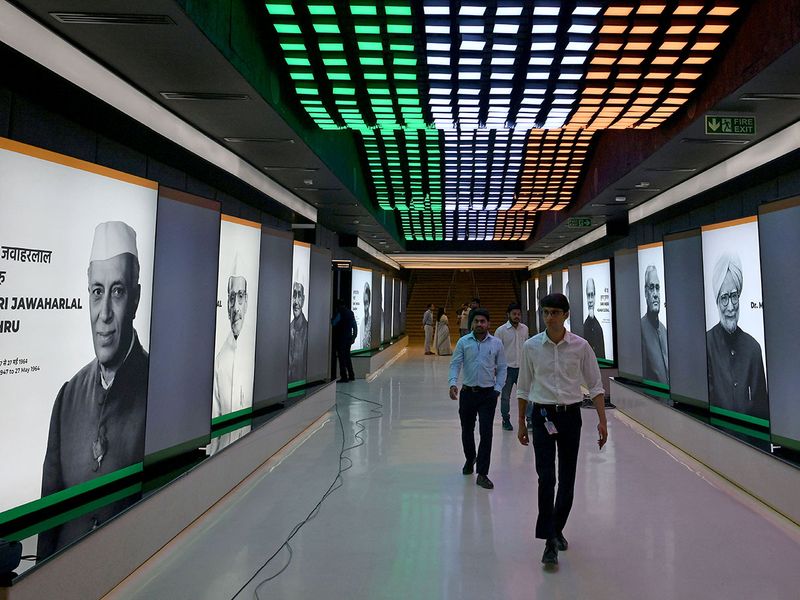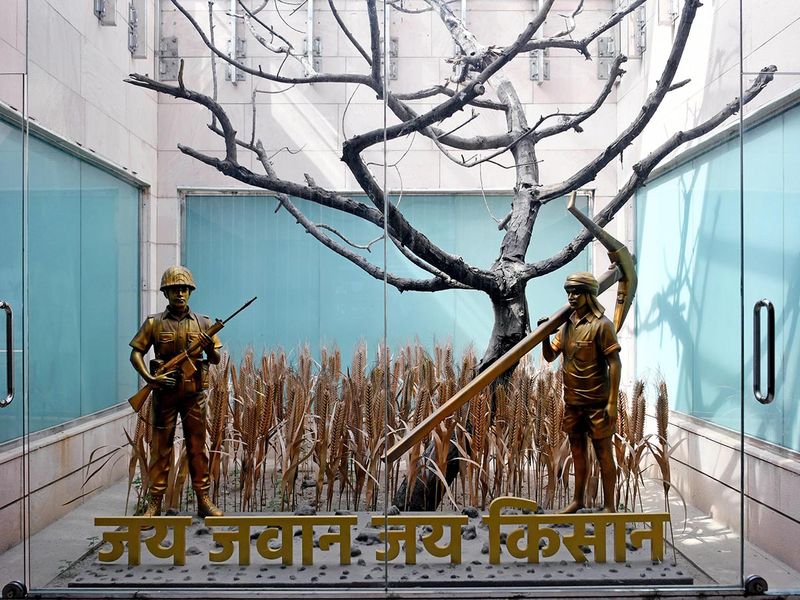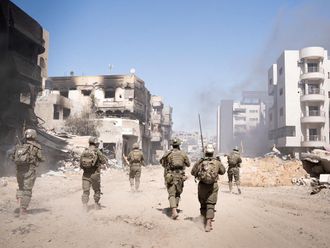
April 14 is celebrated as the anniversary of Dr Babasaheb Bhimrao Ambedkar, the architect of the Indian Constitution. This year, it coincided with Mahavir Jayanti, the birthday of the founder of Jainism, and with the beginning of the new year in several parts of India.
Selecting this special day to dedicate to the nation, the brand new Pradhanmantri Sangrahalaya (Prime Ministers’ Museum), Prime Minister Narendra Modi also inaugurated it himself in ceremonyattended by India’s Culture Minister and other dignitaries. It was one of his dream projects, completed in a record time of four years.
The museum, probably the first of its kind among the many countries with a parliamentary democracy, is located on the premises of the historic Teen Murti Estate.
Spread across 43 galleries in two buildings, it begins in Building II -- a refurbished wing of the old Teen Murti House, completed in 1930 and designed by Robert Tor Russel, this building was the official residence of British Commander-in-Chief. On the former latter’s departure in August 1948, Nehru lived here till May 27, 1964, the last day of his life.
After Nehru’s death, the Government of India turned it into a museum commemorating his life and legacy on Nov. 14, 1964, which would have been his 75th birthday. Later, a society, Nehru Memorial Museum and Library (NMML), was established to ensure its upkeep as also to serve as a research institute on modern India.

In time, the premises and the trust for their upkeep came to be associated with the Nehru-Gandhi family, which gave India two other prime ministers, Indira Gandhi, Nehru’s daughter, and Rajiv Gandhi, Nehru’s grandson and Indira Gandhi’s son.
Some four or five years back, a decisive move was made to change this institutionalised dynasticism. It was decided to expand the museum to include all the other 15 prime ministers of India, in addition to and not excluding Nehru, who remains India’s longest serving and first prime minister.
The Nehru galleries have been integrated with exhibits on India’s freedom struggle, including the 1857 revolt, the mass movement led by M.K. Gandhi, and the post-independence making of the Indian constitution. Some of the original galleries such as Nehru’s drawing room, study, and bedroom, as also the gifts received by him, have been maintained in the rearrangement.
State of the art
But what is totally new is the just completed Building II, which stands by itself, emerging like gigantic seashell, adjacent to the older colonial structure. It has a futuristic design, with four, alternating white and blue sloping and tiled scaling walls, enclosing a flat-roofed rotunda. Its ceiling is embossed with India’s Ashoka Chakra emblem.
Inside, in the large atrium, is a sculpture of a pair of unfolded and upstretched hands, reaching out to the roof, as if holding it up. In his speech, Modi himself explained that they symbolise the power of democracy, the hands of India’s 1.4 billion citizens holding up the Dharma Chakra or the ancient 24-spoke Buddhist wheel of Dharma (Righteousness), which the emblem represents.
Equipped with impressive audiovisual aids and offering a tech-savvy immersive experience, the new museum is a world-class facility, a great learning environment to all those interested in the history of India as an independent country. It is a fitting tribute to India’s ongoing celebration of “Azadi ka Mahotsva” or the 75th anniversary of India’s freedom.
One more mega project to add to Modi’s monumentalism. A fitting addition to the world’s tallest Statue of Unity, the Varanasi river front and temple corridor, the massive Central Vista redevelopment plan, and many others that Modi can legitimately take credit for.

Modi succeeded because he put in place the right team, led by his own former Principal Secretary and senior Indian Administrative Service officer, Nripendra Mishra, as the Chairman of NMML Executive Council and the project implementation committee.
The museum and its many galleries, rich with so much history and information, gives us a powerful vignette of how Indian democracy survived the multitudinous challenges that beset it from its very inception. These include wars, famines, economic setbacks, internal turmoil, and political challenges, including the imposition of Emergency by Mrs Gandhi.
We see how in contrast to dynastic succession when it comes to the Nehru-Gandhi, we find many leaders from humble backgrounds and different parts of India rising to become prime ministers. They also come from several political parties in addition to Congress and Bharatiya Janata Party (BJP), although some of these outfits no long exist.
The robustness and resilience of the Indian electoral system is amplified and illustrated. It is a breathtaking journey from 1947 to 2022. The portrayal of the prime ministers, regardless of their party, is not only fair, but mostly positive.
The actual experience of the inauguration was exhilarating and energising, especially as I am proud to have served on the NMML Society for over eight years. I witnessed the debates over its future and the remodelling. The old guard resisted change with all its obstructive might. Now, the new museum is the best proof of the success of the makeover.
Towards the end, when Modi mingled with the audience after his speech, he was literally mobbed by those who wished to congratulate him, take a selfie with him, or merely bask in his presence. Even the business magnates made a beeline to have a word with India’s charismatic pradhan sevak or principal helper.











